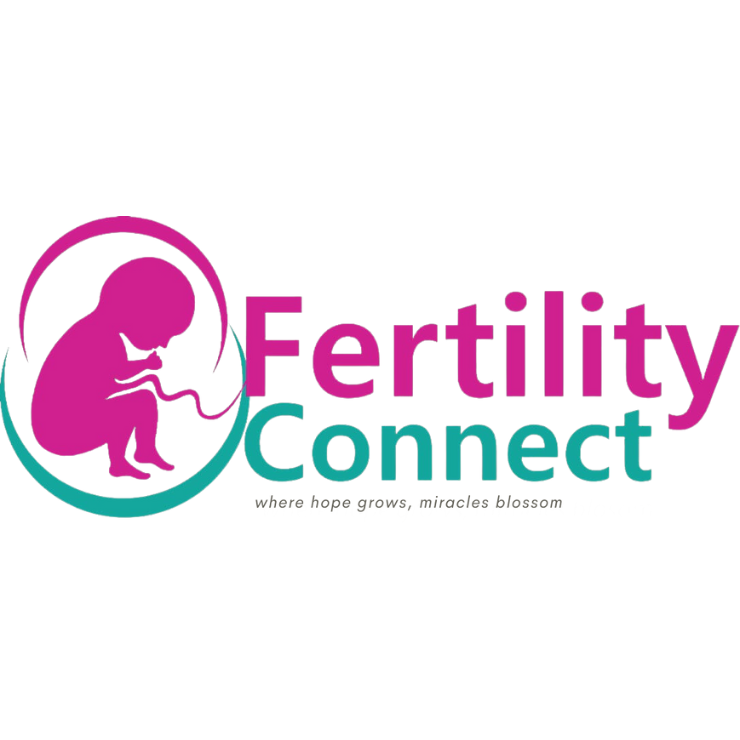Surrogacy, What It Means And Who Needs It To Have It Done
Overview
Some couples lack the ability to carry a baby to term.
However, with advent of modern medical practice, these couples can still become parents via the process of surrogacy.
In surrogacy, there are two parties, the intending parents and the woman that carries the baby to birth (surrogate mother).
Surrogate mothers play an invaluable role in growing families all across the world.
Types
Normally there are two kinds of surrogate mothers:
1. Traditional surrogates.
In this type, an artificial insemination (introducing a sperm into a surrogate woman’s womb ) is used to achieve surrogacy. A traditional surrogate is a woman who is artificially inseminated with the father’s sperm. She then carries the baby and delivers it for the parents to raise.
A traditional surrogate is the baby’s biological mother. That’s because it was her egg that was fertilized by the father’s sperm. Donor sperm can also be used for a traditional surrogacy.
2. Gestational surrogates.
In this type invitro fertilization (IVF) is used to harvest eggs from the mother, fertilize them with sperm from the father, and place the embryo into the uterus of a gestational surrogate. The surrogate then carries the baby until birth.
A gestational surrogate has no genetic ties to the child. That’s because it wasn’t her egg that was used. A gestational surrogate is called the “birth mother.” The biological mother, though, is still the woman whose egg was fertilized.
So, Who Uses Surrogates?
1. Women Who Have Uterine Issues
Women with o uterine issues, including extensive fibroids or ashermans syndrome (uterine scarring) [which] can make it difficult to carry a pregnancy to term.”
2. Women With A Pre-Existing Health Condition
Certain health problems, including heart or kidney issues, can make carrying a pregnancy extremely dangerous for a woman
3. Women Who Have Had A Hysterectomy As A Result Of Cancer
If a woman has cervical or another kind of cancer that requires a hysterectomy as part of the treatment process, that means she will be unable to conceive a child in the “traditional” way in the future.”Certain cancers may have caused a woman to have a hysterectomy prior to beginning her reproductive life,
4. Women Who Have Had Problems with A Previous Pregnancy
If a woman has been pregnant before and experienced severe problems resulting from that pregnancy, she might choose surrogacy as a safer alternative for both herself and her baby.
Surrogacy & Breastfeeding , The Journey Continues
Overview
So, now the baby from the awesome process of surrogacy is half-way there. The next vital questions are:
- Who will breast feed the newborn?
- How do we take care of an infant born out of surrogacy?
- Discussion
Surrogacy is a beautiful thing. It’s a huge blessing to the intending parents and also the surrogate mother.
When a baby is born through surrogacy, he/she deserves the love and care of both the surrogate and the intended parents.
It is important to equip yourself with basic knowledge and information on how to take care of the baby. There are a few considerations before you become the caregiver for a child who technically has two sets of parent(s). Breast feeding tops the list. Feeding the infant is very important. The basic and probably the most important concern is feeding the infant.
Some useful tips and suggestions:
- FOR THE SURROGATE
By far, breastfeeding by the gestational carrier is the easiest solution, unless of course, you prefer to take the help of a wet nurse. (we will discuss about wet nurse in a separate write but in a nutshell , a wet nurse is a woman that is nurtured to breastfeed a baby that is not hers)
The gestational carrier (surrogate mother) can provide the milk while she is recovering from the pregnancy, just like any other new mother.
- FOR THE INTENDED MOTHER
This is the second alternative, here the mother can breastfeed the infant through induced lactation or adoptive breastfeeding.
Adoptive mothers can easily turn to different means of producing breast milk:
- Hormones:
Treatments with a combination of progesterone and estrogen can help you to lactate even if you are not the one giving birth.
- Pumping is a process that can help you produce breast milk. It helps if your partner can help with nipple stimulation to help you produce breast milk.
It is very important to have all these discussions way ahead on time before the baby arrives.
Be reminded also, the infant may not be comfortable with you as the mother, so you need to establish bodily contact with the infant to help him sense you and respond to your breast milk.




